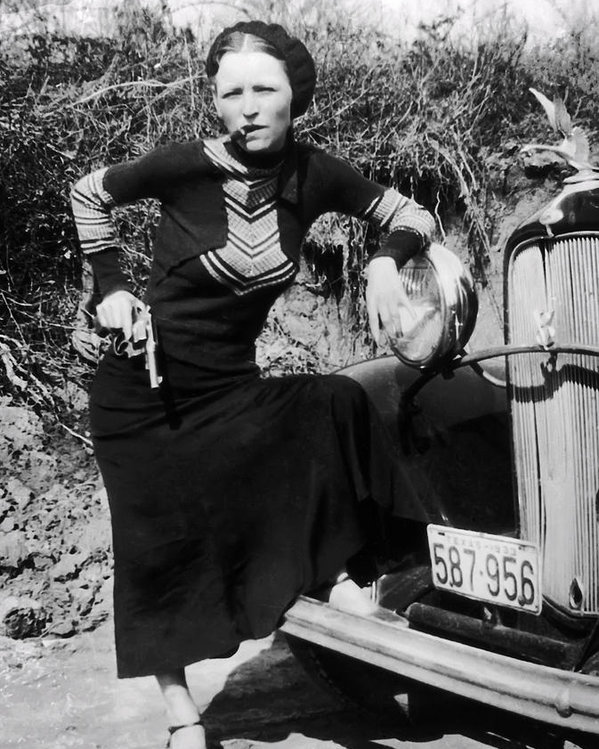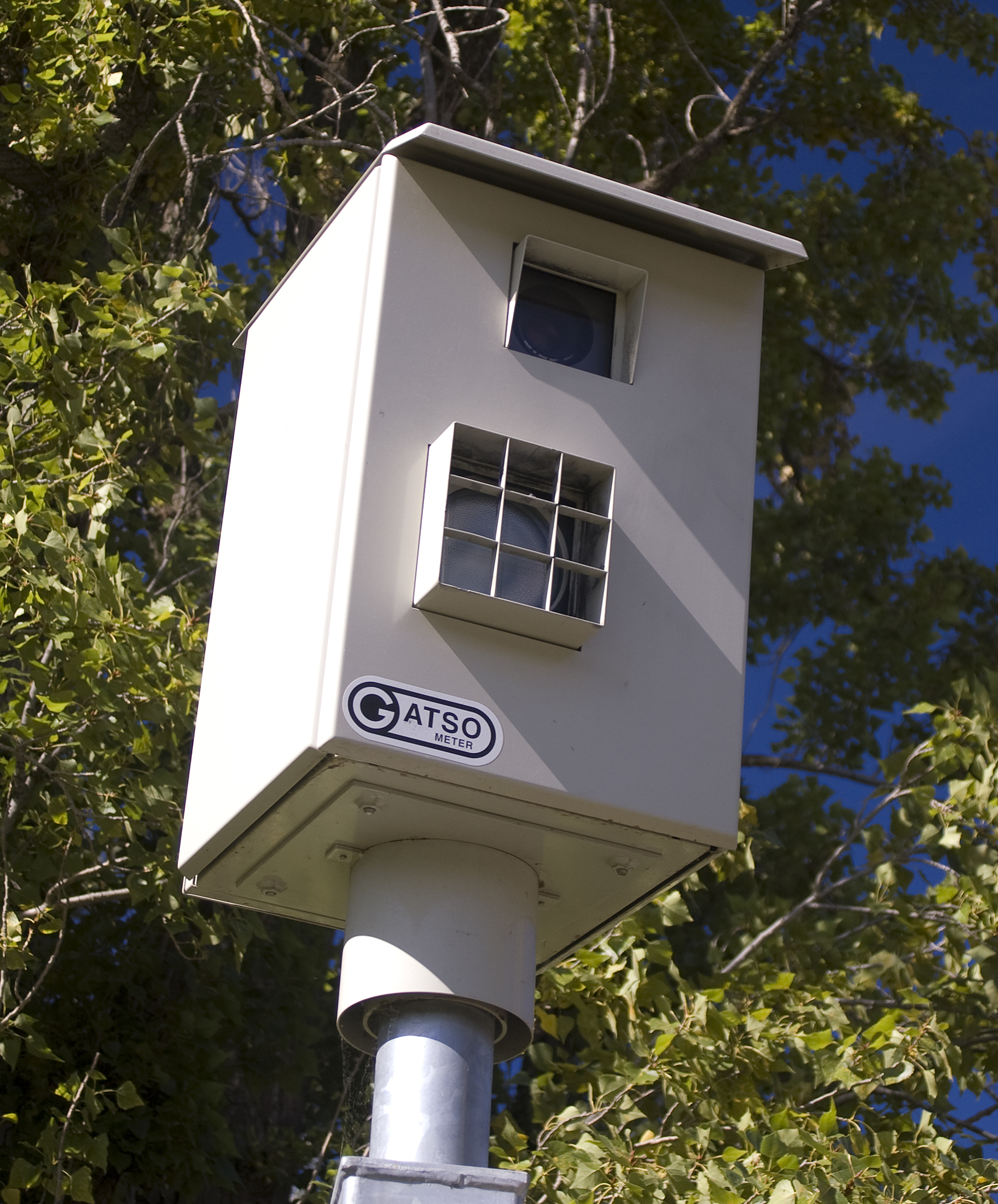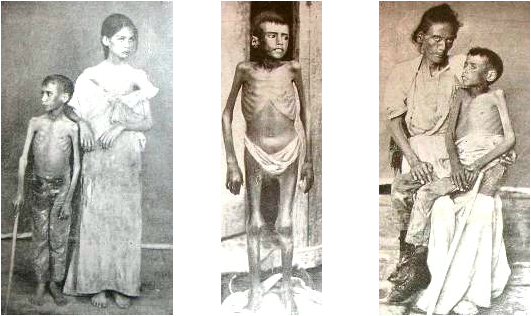|
Stringtown, Oklahoma
Stringtown is a town in Atoka County, Oklahoma, United States. The population was 410 at the 2010 census, an increase of 3.5 percent from the figure of 396 recorded in 2000. It is the second largest town in Atoka County. The town is notable for the Mack H. Alford Correctional Center, a medium-security prison operated by the Oklahoma Department of Corrections, just outside Stringtown. Geography Stringtown is located at (34.468448, -96.052860). According to the United States Census Bureau, the town has a total area of , of which is land and , or 1.24%, is water. Stringtown is located at the southern intersection of U.S. Highway 69 and State Highway 43. History Sources differ as to the origins of the name: one suggests the original name was Springtown for a local sulphur spring but a spelling mistake labeled it Stringtown, while another suggests it got the name because businesses were strung out along the railroad tracks. Once home to a bank, theater, and pub, the town has ... [...More Info...] [...Related Items...] OR: [Wikipedia] [Google] [Baidu] |
Town
A town is a human settlement. Towns are generally larger than villages and smaller than cities, though the criteria to distinguish between them vary considerably in different parts of the world. Origin and use The word "town" shares an origin with the German word , the Dutch word , and the Old Norse . The original Proto-Germanic word, *''tūnan'', is thought to be an early borrowing from Proto-Celtic *''dūnom'' (cf. Old Irish , Welsh ). The original sense of the word in both Germanic and Celtic was that of a fortress or an enclosure. Cognates of ''town'' in many modern Germanic languages designate a fence or a hedge. In English and Dutch, the meaning of the word took on the sense of the space which these fences enclosed, and through which a track must run. In England, a town was a small community that could not afford or was not allowed to build walls or other larger fortifications, and built a palisade or stockade instead. In the Netherlands, this space was a garden, mor ... [...More Info...] [...Related Items...] OR: [Wikipedia] [Google] [Baidu] |
Bonnie Parker
Bonnie Elizabeth Parker (October 1, 1910May 23, 1934) and Clyde Chestnut (Champion) Barrow (March 24, 1909May 23, 1934) were an American criminal couple who traveled the Central United States with their gang during the Great Depression. The couple were known for their bank robberies, although they preferred to rob small stores or rural funeral homes. Their exploits captured the attention of the American press and its readership during what is occasionally referred to as the "public enemy era" between 1931 and 1934. They were ambushed by police and shot to death in Bienville Parish, Louisiana. They are believed to have murdered at least nine police officers and four civilians.Jones, W.D"Riding with Bonnie and Clyde", ''Playboy'', November 1968. Reprinted at Cinetropic.com. The 1967 film ''Bonnie and Clyde'', directed by Arthur Penn and starring Warren Beatty and Faye Dunaway in the title roles, revived interest in the criminals and glamorized them with a romantic aura. The 2019 ... [...More Info...] [...Related Items...] OR: [Wikipedia] [Google] [Baidu] |
Speed Trap
Speed limits are enforced on most public roadways by authorities, with the purpose to improve driver compliance with speed limits. Methods used include roadside speed traps set up and operated by the police and automated roadside 'speed camera' systems, which may incorporate the use of an automatic number plate recognition system. Traditionally, police officers used stopwatches to measure the time taken for a vehicle to cover a known distance. More recently, radar guns and automated in-vehicle systems have come into use. A worldwide review of studies found that speed cameras led to a reduction of "11% to 44% for fatal and serious injury crashes". The UK Department for Transport estimated that cameras had led to a 22% reduction in personal injury collisions and 42% fewer people being killed or seriously injured at camera sites. The ''British Medical Journal'' recently reported that speed cameras were effective at reducing accidents and injuries in their vicinity and recommended w ... [...More Info...] [...Related Items...] OR: [Wikipedia] [Google] [Baidu] |
Tushka, Oklahoma
Tushka is a town in Atoka County, Oklahoma, United States. The population was 312 at the 2010 census, a decline of 9.6 percent from the figure of 345 recorded in 2000. History In 1872, the Missouri-Kansas-Texas Railway (Katy) built a track five miles south of Atoka in Atoka County, Choctaw Nation in the Indian Territory and created a settlement which it called Peck Switch, Indian Territory. The first post office was established in 1903. The name was changed to Lewis in 1905, honoring the first postmaster, Charles Lewis. In 1909, the community was renamed Dayton, but was changed during the same year to the present Tushka. ''Tushka'' is a Choctaw word meaning "warrior".Hall, Dean and Dovie Walker. ''Encyclopedia of Oklahoma History and Culture''. "Tushka." Retrieved January 3, 2013/ref> Tushka was first incorporated in 1915, but disincorporated after 15 years. There were 248 residents at the 1920 census. A fire destroyed most of the town during the Great Depression in the United S ... [...More Info...] [...Related Items...] OR: [Wikipedia] [Google] [Baidu] |
Atoka, Oklahoma
Atoka is a city in and the county seat of Atoka County, Oklahoma, United States. The population was 3,107 at the 2010 census, an increase of 4.0 percent from the figure of 2,988 in 2000. The city was settled by the Choctaw and named in 1867 by a Baptist missionary for Chief Atoka, whose name means "ball ground" in English. History Atoka was founded by the Choctaw Indians in the 1850s,Maine, Priscilla A"Atoka,"''Encyclopedia of Oklahoma History and Culture.'' Oklahoma Historical Society. Accessed September 1, 2015. and named for Captain Atoka, a leader of the Choctaw Nation and the signatory of the Treaty of Dancing Rabbit Creek, which began the process of re-locating the Choctaw people from Mississippi to Oklahoma in 1830. The name "Atoka" is derived from the Choctaw word ' (or '), which means "ball ground" in English. [...More Info...] [...Related Items...] OR: [Wikipedia] [Google] [Baidu] |
Prisoner Of War
A prisoner of war (POW) is a person who is held captive by a belligerent power during or immediately after an armed conflict. The earliest recorded usage of the phrase "prisoner of war" dates back to 1610. Belligerents hold prisoners of war in custody for a range of legitimate and illegitimate reasons, such as isolating them from the enemy combatants still in the field (releasing and repatriating them in an orderly manner after hostilities), demonstrating military victory, punishing them, prosecuting them for war crimes, exploiting them for their labour, recruiting or even conscripting them as their own combatants, collecting military and political intelligence from them, or indoctrinating them in new political or religious beliefs. Ancient times For most of human history, depending on the culture of the victors, enemy fighters on the losing side in a battle who had surrendered and been taken as prisoners of war could expect to be either slaughtered or enslaved. Ear ... [...More Info...] [...Related Items...] OR: [Wikipedia] [Google] [Baidu] |
Internment Of Japanese Americans
Internment is the imprisonment of people, commonly in large groups, without charges or intent to file charges. The term is especially used for the confinement "of enemy citizens in wartime or of terrorism suspects". Thus, while it can simply mean imprisonment, it tends to refer to preventive confinement rather than confinement ''after'' having been convicted of some crime. Use of these terms is subject to debate and political sensitivities. The word ''internment'' is also occasionally used to describe a neutral country's practice of detaining belligerent armed forces and equipment on its territory during times of war, under the Hague Convention of 1907. Interned persons may be held in prisons or in facilities known as internment camps (also known as concentration camps). The term ''concentration camp'' originates from the Spanish–Cuban Ten Years' War when Spanish forces detained Cuban civilians in camps in order to more easily combat guerrilla forces. Over the following d ... [...More Info...] [...Related Items...] OR: [Wikipedia] [Google] [Baidu] |
Internment Camp
Internment is the imprisonment of people, commonly in large groups, without charges or intent to file charges. The term is especially used for the confinement "of enemy citizens in wartime or of terrorism suspects". Thus, while it can simply mean imprisonment, it tends to refer to preventive confinement rather than confinement ''after'' having been convicted of some crime. Use of these terms is subject to debate and political sensitivities. The word ''internment'' is also occasionally used to describe a neutral country's practice of detaining belligerent armed forces and equipment on its territory during times of war, under the Hague Convention of 1907. Interned persons may be held in prisons or in facilities known as internment camps (also known as concentration camps). The term ''concentration camp'' originates from the Spanish–Cuban Ten Years' War when Spanish forces detained Cuban civilians in camps in order to more easily combat guerrilla forces. Over the following dec ... [...More Info...] [...Related Items...] OR: [Wikipedia] [Google] [Baidu] |
Tornado
A tornado is a violently rotating column of air that is in contact with both the surface of the Earth and a cumulonimbus cloud or, in rare cases, the base of a cumulus cloud. It is often referred to as a twister, whirlwind or cyclone, although the word cyclone is used in meteorology to name a weather system with a low-pressure area in the center around which, from an observer looking down toward the surface of the Earth, winds blow counterclockwise in the Northern Hemisphere and clockwise in the Southern. Tornadoes come in many shapes and sizes, and they are often visible in the form of a condensation funnel originating from the base of a cumulonimbus cloud, with a cloud of rotating debris and dust beneath it. Most tornadoes have wind speeds less than , are about across, and travel several kilometers (a few miles) before dissipating. The most extreme tornadoes can attain wind speeds of more than , are more than in diameter, and stay on the ground for more than 100 k ... [...More Info...] [...Related Items...] OR: [Wikipedia] [Google] [Baidu] |
Internment Of German Americans
Internment of German resident aliens and German-American citizens occurred in the United States during the periods of World War I and World War II. During World War II, the legal basis for this detention was under Presidential Proclamation 2526, made by President Franklin Delano Roosevelt under the authority of the Alien Enemies Act. With the US entry into World War I after Germany's unrestricted submarine warfare, German nationals were automatically classified as "enemy aliens". Two of the four main World War I-era internment camps were located in Hot Springs, North Carolina, and Fort Oglethorpe, Georgia. Attorney General A. Mitchell Palmer wrote that "All aliens interned by the government are regarded as enemies, and their property is treated accordingly." By the time of WWII, the United States had a large population of ethnic Germans. Among residents of the United States in 1940, more than 1.2 million persons had been born in Germany, 5 million had two native-German parents ... [...More Info...] [...Related Items...] OR: [Wikipedia] [Google] [Baidu] |
Fritz Johann Hansgirg
Fritz Johann Hansgirg (18911949) was an Austrian electrochemist and metallurgist who in 1928 invented the carbothermic magnesium reduction process, similar to the Pidgeon process. In 1934, he left Austria for the Empire of Japan where he worked with industrialist Shitagau Noguchi to set up a magnesium plant and further helped the Japanese build a pilot plant to produce heavy water by the Combined Electrolysis Catalytic Exchange (CECE) he invented. Coming to the United States in 1940, he worked with American industrialist Henry J. Kaiser to design a magnesium plant in California, but at the outbreak of World War II, Hansgirg was arrested by the FBI on a Presidential warrant and interned for "the duration of the war". After the war, the Soviet Union captured Hansgirg's plants in northern Korea, using the plants' processes and equipment for their atomic bomb project against the United States, likewise, using them in the Manhattan Project, the exact details of which still remain ... [...More Info...] [...Related Items...] OR: [Wikipedia] [Google] [Baidu] |

.jpg)






